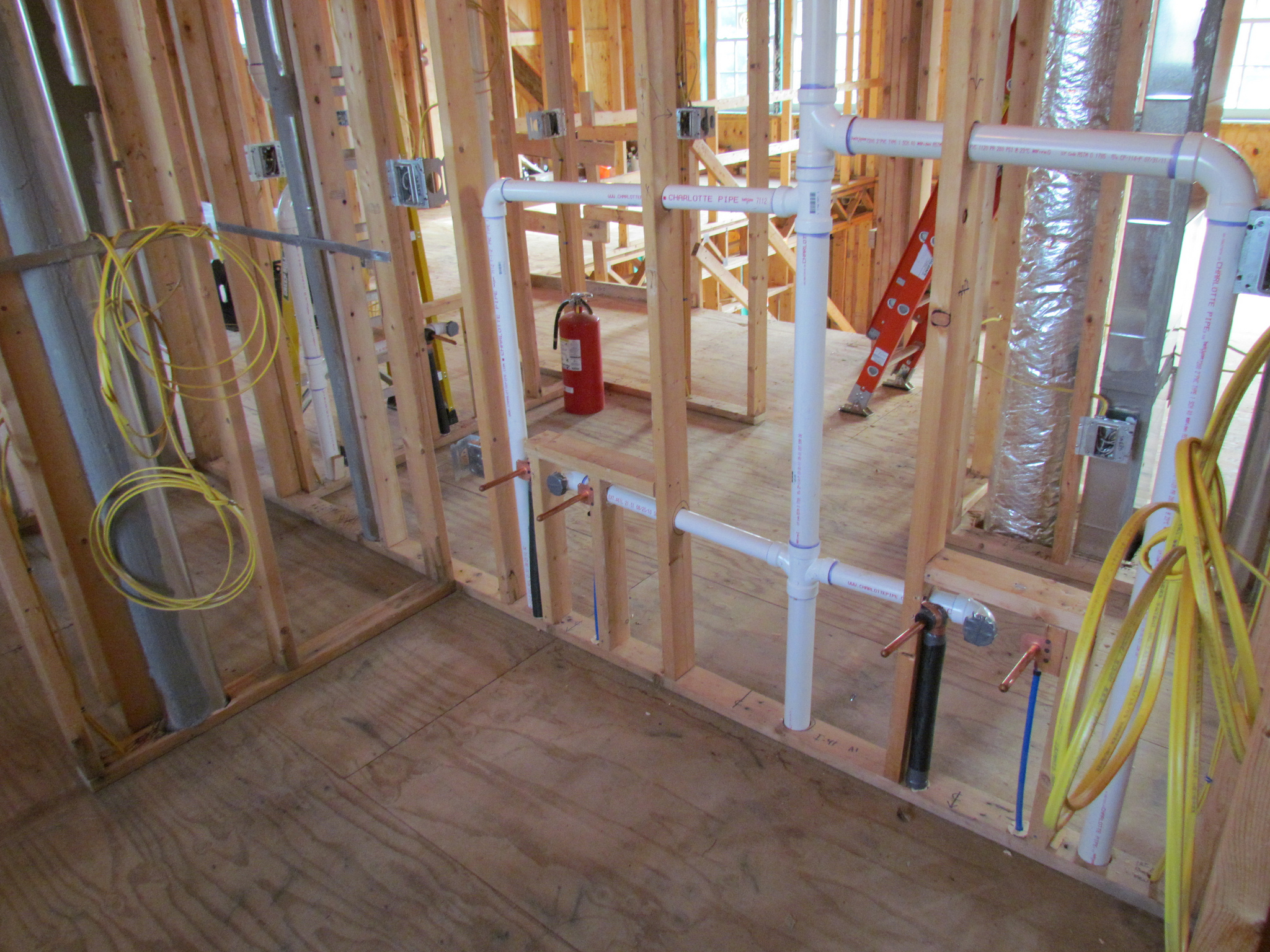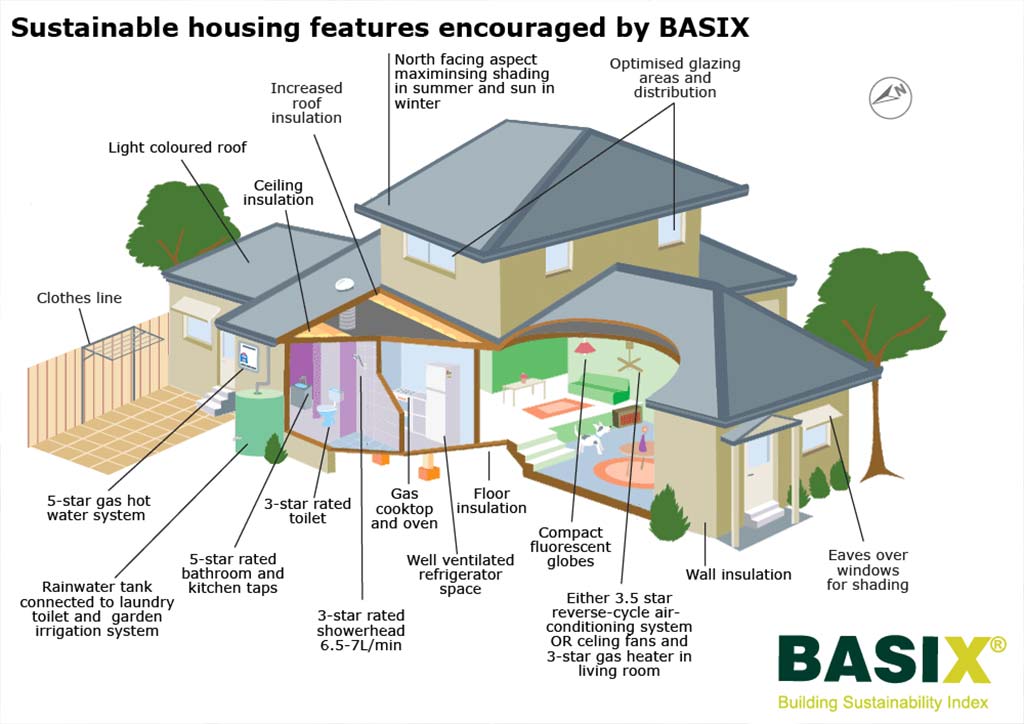Everything You Need to Know to Your Property's Plumbing System Anatomy
Everything You Need to Know to Your Property's Plumbing System Anatomy
Blog Article
We have noticed this great article on Exploring Your Homes Plumbing Anatomy directly below on the web and felt it made sense to talk about it with you here.

Comprehending exactly how your home's plumbing system works is vital for each house owner. From providing clean water for drinking, cooking, and bathing to safely getting rid of wastewater, a properly maintained plumbing system is essential for your family's health and convenience. In this detailed guide, we'll check out the intricate network that makes up your home's pipes and deal ideas on maintenance, upgrades, and dealing with common issues.
Intro
Your home's pipes system is more than just a network of pipes; it's an intricate system that guarantees you have access to clean water and efficient wastewater elimination. Understanding its elements and how they interact can aid you stop expensive repairs and make certain every little thing runs smoothly.
Basic Elements of a Pipes System
Pipes and Tubes
At the heart of your pipes system are the pipes and tubing that lug water throughout your home. These can be made from various products such as copper, PVC, or PEX, each with its benefits in terms of longevity and cost-effectiveness.
Components: Sinks, Toilets, Showers, etc.
Components like sinks, bathrooms, showers, and bathtubs are where water is made use of in your home. Recognizing how these components connect to the pipes system aids in identifying troubles and planning upgrades.
Valves and Shut-off Factors
Valves regulate the flow of water in your plumbing system. Shut-off shutoffs are essential throughout emergencies or when you require to make repair services, allowing you to separate parts of the system without disrupting water circulation to the entire residence.
Supply Of Water System
Key Water Line
The primary water line attaches your home to the community water system or a private well. It's where water enters your home and is distributed to numerous fixtures.
Water Meter and Pressure Regulatory Authority
The water meter actions your water use, while a pressure regulatory authority ensures that water streams at a safe stress throughout your home's pipes system, avoiding damages to pipelines and fixtures.
Cold Water vs. Warm water Lines
Understanding the difference in between cold water lines, which supply water straight from the main, and hot water lines, which bring warmed water from the water heater, helps in fixing and preparing for upgrades.
Water drainage System
Drain Pipeline and Traps
Drain pipes carry wastewater far from sinks, showers, and bathrooms to the sewage system or septic tank. Traps prevent drain gases from entering your home and additionally trap particles that might cause blockages.
Air flow Pipelines
Air flow pipelines allow air into the drainage system, avoiding suction that might slow down drain and create catches to vacant. Appropriate air flow is vital for preserving the stability of your pipes system.
Value of Proper Drain
Guaranteeing appropriate drain stops backups and water damage. Frequently cleaning drains and maintaining traps can prevent costly repairs and extend the life of your plumbing system.
Water Heater
Sorts Of Hot Water Heater
Water heaters can be tankless or traditional tank-style. Tankless heating units warm water as needed, while storage tanks save heated water for instant use.
Upgrading Your Pipes System
Factors for Updating
Updating to water-efficient fixtures or replacing old pipes can boost water top quality, minimize water expenses, and enhance the value of your home.
Modern Plumbing Technologies and Their Advantages
Check out innovations like clever leakage detectors, water-saving commodes, and energy-efficient hot water heater that can conserve cash and lower ecological influence.
Price Factors To Consider and ROI
Compute the ahead of time expenses versus long-lasting cost savings when thinking about plumbing upgrades. Many upgrades pay for themselves through minimized utility bills and less repair services.
How Water Heaters Connect to the Pipes System
Comprehending how hot water heater connect to both the cold water supply and warm water circulation lines aids in identifying problems like insufficient hot water or leakages.
Upkeep Tips for Water Heaters
Frequently flushing your hot water heater to remove debris, inspecting the temperature setups, and examining for leaks can prolong its lifespan and boost energy efficiency.
Typical Plumbing Concerns
Leaks and Their Reasons
Leaks can happen due to maturing pipelines, loose fittings, or high water stress. Attending to leaks promptly avoids water damages and mold development.
Clogs and Clogs
Clogs in drains pipes and toilets are usually triggered by purging non-flushable items or an accumulation of grease and hair. Utilizing drain screens and bearing in mind what decreases your drains pipes can avoid clogs.
Indicators of Pipes Problems to Expect
Low water stress, sluggish drains, foul odors, or uncommonly high water costs are indications of possible plumbing issues that need to be dealt with immediately.
Plumbing Maintenance Tips
Regular Inspections and Checks
Set up annual pipes inspections to capture issues early. Try to find signs of leakages, rust, or mineral buildup in taps and showerheads.
DIY Maintenance Tasks
Straightforward tasks like cleaning tap aerators, checking for commode leaks utilizing dye tablets, or shielding exposed pipelines in cold environments can protect against major plumbing concerns.
When to Call an Expert Plumber
Know when a pipes problem calls for expert proficiency. Trying intricate repair work without correct knowledge can result in even more damage and higher repair service prices.
Tips for Reducing Water Usage
Easy behaviors like fixing leaks immediately, taking much shorter showers, and running full tons of washing and recipes can conserve water and lower your energy costs.
Eco-Friendly Plumbing Options
Consider lasting pipes products like bamboo for flooring, which is durable and eco-friendly, or recycled glass for countertops.
Emergency Preparedness
Steps to Take During a Plumbing Emergency
Know where your shut-off valves are located and just how to switch off the supply of water in case of a ruptured pipe or significant leak.
Importance of Having Emergency Get In Touches With Useful
Keep contact details for neighborhood plumbers or emergency situation solutions easily offered for fast feedback during a plumbing crisis.
Environmental Effect and Preservation
Water-Saving Components and Home Appliances
Setting up low-flow faucets, showerheads, and bathrooms can substantially minimize water use without giving up efficiency.
Do It Yourself Emergency Situation Fixes (When Relevant).
Short-lived solutions like making use of air duct tape to spot a dripping pipeline or putting a container under a dripping faucet can decrease damages up until a professional plumbing professional shows up.
Conclusion.
Recognizing the makeup of your home's plumbing system encourages you to preserve it effectively, conserving money and time on repair work. By following normal maintenance regimens and staying educated concerning contemporary plumbing modern technologies, you can ensure your pipes system operates successfully for many years to come.
HOW YOUR PLUMBING SYSTEM WORKS
Which Pipes Do What?
Blue lines = fresh water supply entering the building Red lines = hot water supply entering the building Grey lines = pipes carrying waste away from the building and venting pipes carrying gases away from the building (through the roof) YOUR MAIN PLUMBING SYSTEMS
There are two main plumbing systems that support your home s basic plumbing needs one that brings clean water into your home, and one that sends dirty water away from your home. Connected to the toilet, bath, shower, and other faucets in your home, these two systems keep your water flowing in the right directions.
ACCESSING FRESH WATER
Fresh and clean water is brought into your home through the main water supply line . Filtered through one pipe, this water is pressured to flow into the various fixtures in your home at any given time.
This water can be sourced from a well located on your property, a pond or river (mostly cottages), or, as in most cases, from the city s municipal water treatment centre. However, it is important to note that water that is untreated, such as the water siphoned from ponds or rivers, may not be safe to drink. Personal water supplies always need to be treated for hardness and contaminants before consumed.
MUNICIPAL WATER SUPPLIES
Improve taste and odour Remove sediment Eliminate hardness Reduce chlorine COLD WATER SUPPLY VS. HOT WATER SUPPLY
Cold water flows into your home or building through the service line, which then distributes hot or cold water to your fixtures. This line is most commonly run through a central column that runs floor to floor. Hot water runs in short and straight pipes as the longer the pipeline, the more heat that will be lost in the transfer. Having shorter pipes also allows residents to access hot water more quickly.
WASTE WATER SYSTEM
Your wastewater system is divided into two parts pipes that send wastewater away from your home and venting pipes that send sewer gas away from your home. Sewage water travels through pipes that flush the water and waste towards local sewers that are operated and managed by your city or town. Most sewer systems rely on gravity to move the wastewater to where it needs to go.
The further away from your toilet or sink, the larger wastewater pipes become. This allows for waste to be disposed of from various parts of your home or business at once without pipe blockages. The angle and flow of these pipes are also essential for keeping your waste pipes clear of build up.
https://harrisplumbing.ca/how-your-home-plumbing-system-works/

I recently found that write up on Plumbing Installation 101: All You Need to Know while surfing around the web. Liked our write-up? Please share it. Let other people locate it. I thank you for reading our article about Exploring Your Homes Plumbing Anatomy.
Schedule Today! Report this page